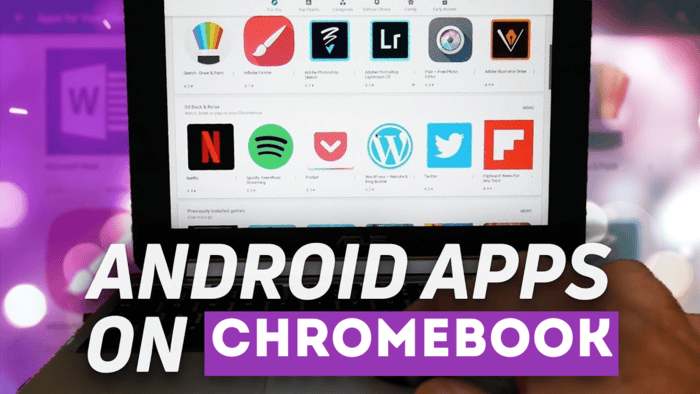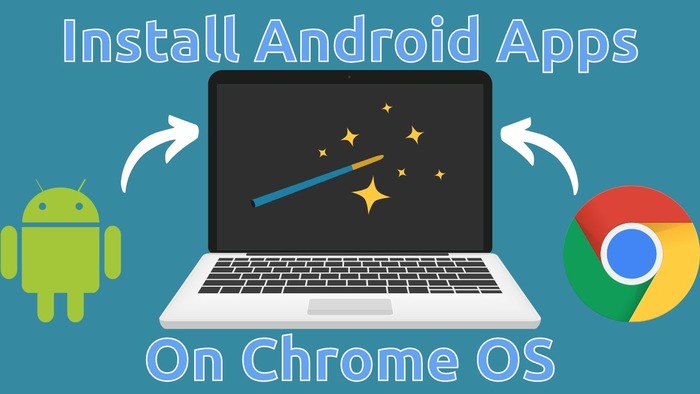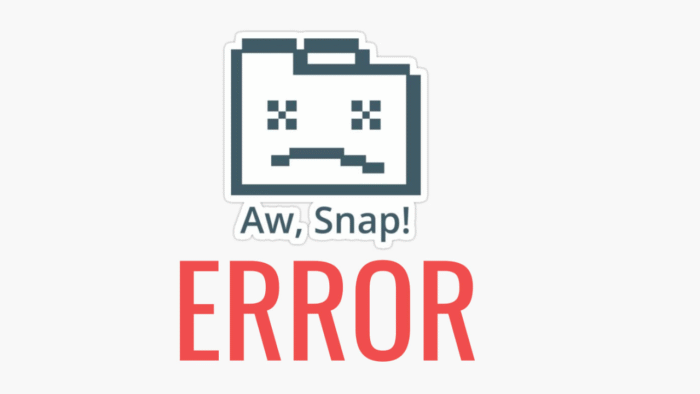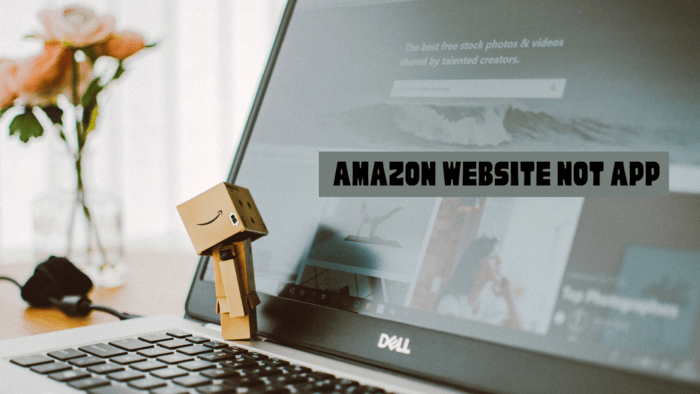Want to add more functionality to your Chromebook? You can install Android apps and gain access to a wide range of tools to enhance your experience.
Chromebooks are an excellent choice for many users. They simplify everyday tasks, offer strong security, rarely experience performance issues, and can easily be restored to factory settings if needed.
However, some users find ChromeOS limiting due to the absence of traditional applications.
Thankfully, you’re not restricted to web-based tools—Chromebooks support both Linux and Android apps.
Once Android app installation is enabled, you can download programs directly from the Google Play Store, making your device far more versatile.
This allows you to install alternative browsers, dedicated email clients, and even a full office suite.
There are a few things to keep in mind. Some apps may not function properly if they aren’t designed for larger screens.
In such cases, they may appear smaller than expected. Additionally, apps that require mobile-specific features may not work at all.
Not all Chromebooks support Android apps, so it’s important to check whether your device is compatible.
Now, let’s go through the steps to enable Android app support and install your first application.
How to Enable Android Apps on Your Chromebook?
- Open Settings: Start by opening the Settings app. Click on the System Tray in the bottom-right corner of your screen, then select the gear icon.
- Locate the Apps Section and Enable the Feature: Scroll down until you find the “Apps” section. Click the option to turn on Android app support.
- Review and Accept the Terms of Service: A window will appear with Google’s Terms of Service. Review the information and proceed by accepting the terms.
- Confirm and Adjust Backup Settings: You can choose whether or not to back up Android apps to Google Drive. Click “More,” then confirm by selecting “Accept.”
- Wait for Installation to Finish: The system will begin setting up Android app support. This process should complete quickly. Once finished, the Google Play Store will open automatically. Before installing any apps, allow the Android Accessibility Suite to finish installing in the background. If the Play Store crashes, wait a bit longer for the process to complete.
Installing Your First Android App on ChromeOS
Downloading Android apps on ChromeOS works just like it does on an Android phone.
For example, if you want to install Firefox, open the Google Play Store, type “Firefox” in the search bar, and select it from the results.
Click “Install” and wait for the process to complete. Once done, the app will appear in your Chromebook’s launcher and be ready for use.
That’s all it takes to add Android apps to your Chromebook. Once you start installing applications, you’ll see just how much more you can accomplish.
If you come across an app that doesn’t work well, consider removing it to free up storage space.





